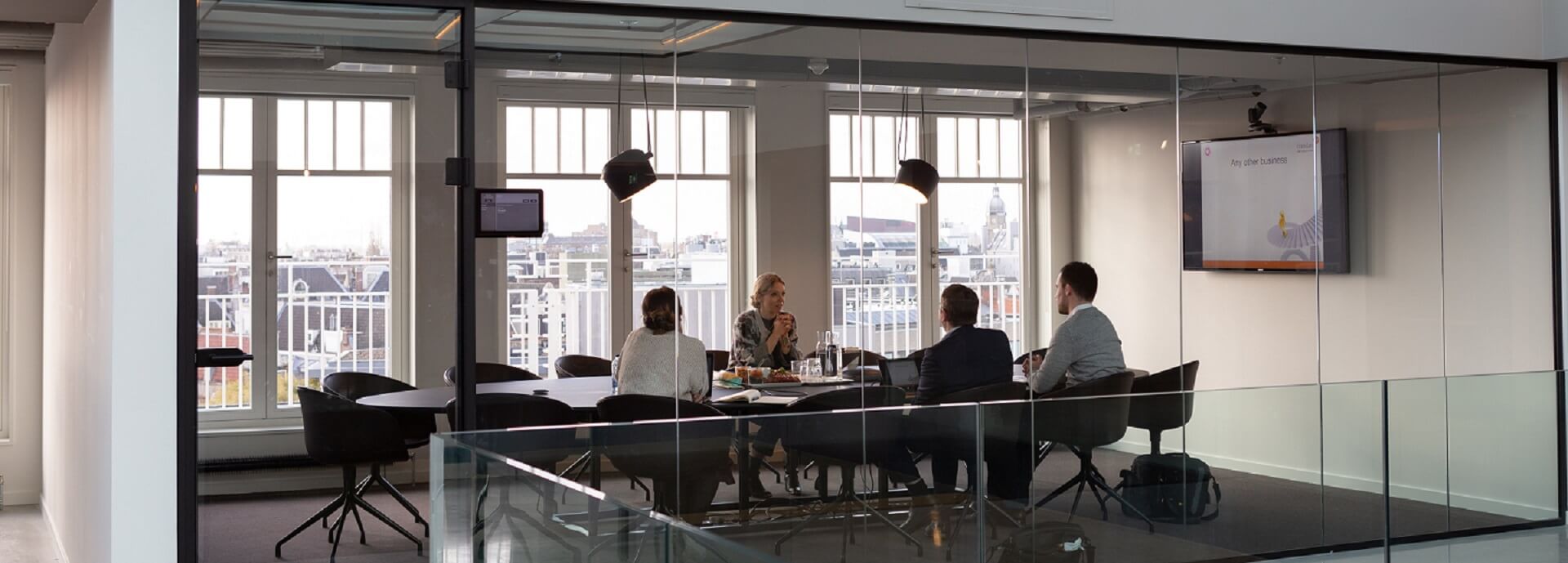
- Idea -
Cooperation between teams is inevitable in the organization. As the saying goes: together we can make things happen.
Back when communication was easy and efficient.
In a startup company, communication is very straightforward, as the people that cooperate with you are usually just the next desk or behind you.
‘Hey Charles, the code in this part needs to be changed…’
‘Alright, got it.’
Then an optimization was made. You rely on each other, effectively.
Communication sometimes will be the factor that slow down efficiency.
With the expansion of the organization, the departments are more and more dependent on each other, and the mutual influence is also increasing. This brings up a problem, that is, the implementation of new ideas cannot directly communicate with the walk to the desk of that person who is in charge of that part like a startup.
The seems easy action, might involve a big change in the infrastructure. Meetings are required to discuss the cooperation details for each people that involves in the project. The project cycle is invisibly elongated in the departmental communication process.
Well, you might say, can’t we just strengthen communication? Indeed, efficient communication can save a lot of time and avoid a lot of problems. However, the communication of various details will also drown the team into the mountain of files.
You rely on more each other, but not that effective.
- Another Lens-
What if there is no need for communication at all?
Wouldn’t this be a better idea? Like a standard API interface. Prescribe the standards for the use of functions of each department of the whole organization. In this way, if you need any help from other departments, you can deliver the content according to the agreed format. This greatly simplifies the architecture of collaboration.
- If currently there is a meeting going on (which avoids the embarrassment of breaking into a meeting)
- If they are in the right meeting room
- Who will be using the room
- When the room will be used
- Which time slot can they book
- Benifits -
Such efficient use of space resources coincides with the idea of being an effective organization. It is not only efficient for individuals to work, but also for organizations to operate.
Why SyncSign signage can easily solve this problem?
- Sync with your existing calendar: Office365, Google Workspace, Google Calendar, MS Exchange
- Battery-powered: With Low battery consumption technology, the battery autonomy time of the E-ink Signage can be up to 1 year.
- Truly wire-free installation: Free users from drilling holes on the wall. Can be stuck firmly on the door/wall, decent and elegant.
These features drastically lower the total cost of ownership of the solution. This cost-effective solution does not need a space renovation, it is much easier than that, add install the SyncSign signage on the wall.
- In Action -
It is more than just signage, it is your room resource manager.
In the long run, organizational efficiency will be significantly improved. To be an effective organization, creating an organizational culture that values effectiveness is key. With the assistance of these widgets, it can be better implemented
Contact us to get more information.
